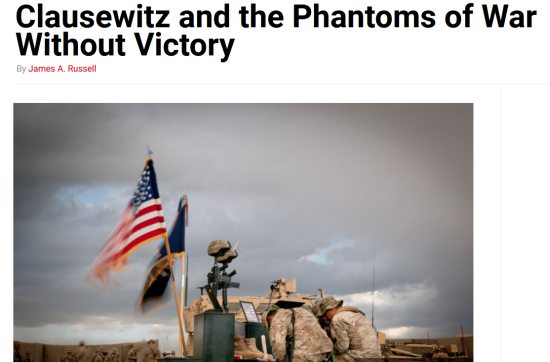
Harold Coyle's Strategic Solutions Inc.
349 pages. Acknowledgments and afterword.
This is the third volume in a trilogy. Strategic Solutions Inc. is a private security contractor handling messy jobs for the U.S. government. Mike Derringer, founder of SSI, is a retired rear admiral with many useful political and military connections. He hires the best men and women he can get – ex-special forces, linguists, people with unique and special skills.
As the novel begins, the future of SSI is in question. After the action in the previous novel, the company finds itself blacklisted and must take the only job on offer: working for Israel to covertly train Druze militia in southern Lebanon.
The novel follows the usual sequence of this series: corporate planning and recruiting, assembly of a team, travel to Israel, then to Beirut, and finally to the two villages where training will begin. Recurring characters deployed this time include crusty ex-Marine Frank Leopole (in command) and the shooter duo of Breezy and Bosco; an interesting new character is Pitney, ex-cop, Muslim convert, linguist, record-holding speed shooter who has never been in combat before.
The large cast of characters allows the authors to tell the story from multiple perspectives: the SSI corporate team in the U.S., the Israeli commanders in support, and most interestingly, the perspective of a veteran Iranian operative directing a local Hezbollah cell.
The reader is left in suspense for most of the book as to what the Iranians are planning, although we learn early that it has something to do with Dr. Momen, an Iranian scientist involved with technical research (and probably insane), and his many operatives.
The bad news is that the operators don't arrive in the Druze villages into late in the novel. The good news is that, with Harold Coyle as one of the authors, there is plenty of action along the way: assassination attempts, suicide assaults, dueling snipers, two big battles, and yet more. As you expect with Coyle, some of the protagonists won't make it home, and others are changed for life.
(The book's cover art – a mosque superimposed with barbed wire – perhaps represents the Iranian threat, but is not a specific location in the novel.)
I found the previous book in this series to be a terrible bore; this book was much better, and the best in the trilogy. It kept my interest all the way through, had some interesting character development, and came to a satisfying conclusion (both for this novel and for the trilogy).
Nearly every conflict in the book is a potential tabletop scenario, except perhaps for some of the sniping episodes. Gamers may particularly enjoy the Hezbollah perspective, as it provides specifics about tactics and training.
Recommended for those interested in modern skirmish-level actions and the Middle East.
Reviewed by unknown member.





